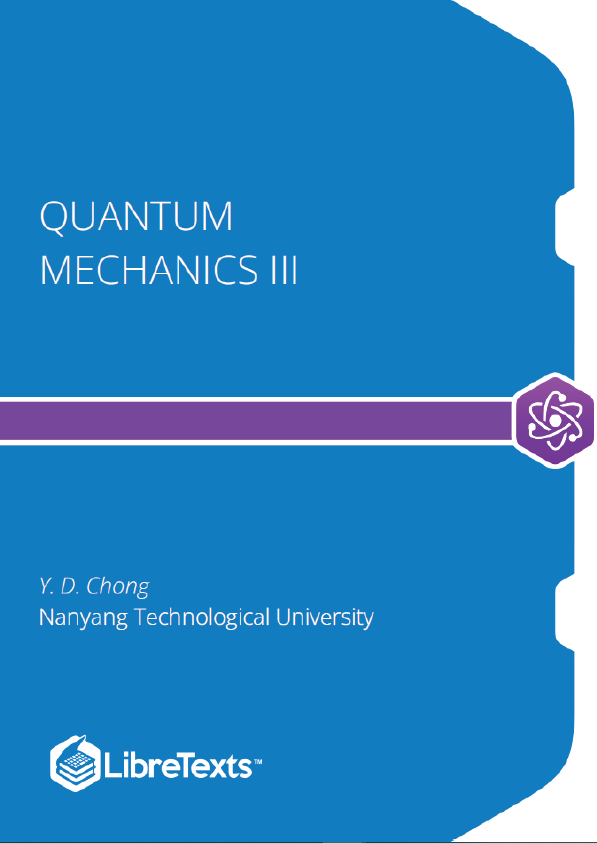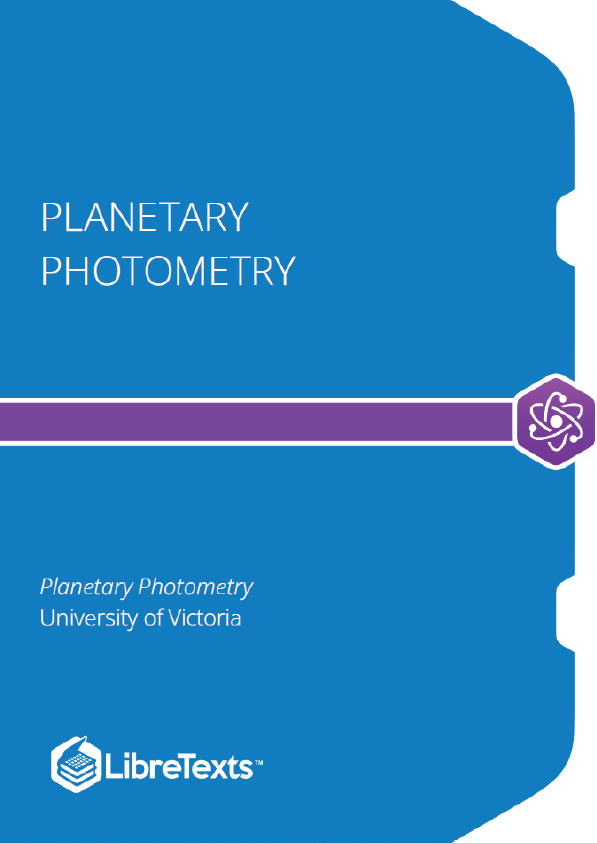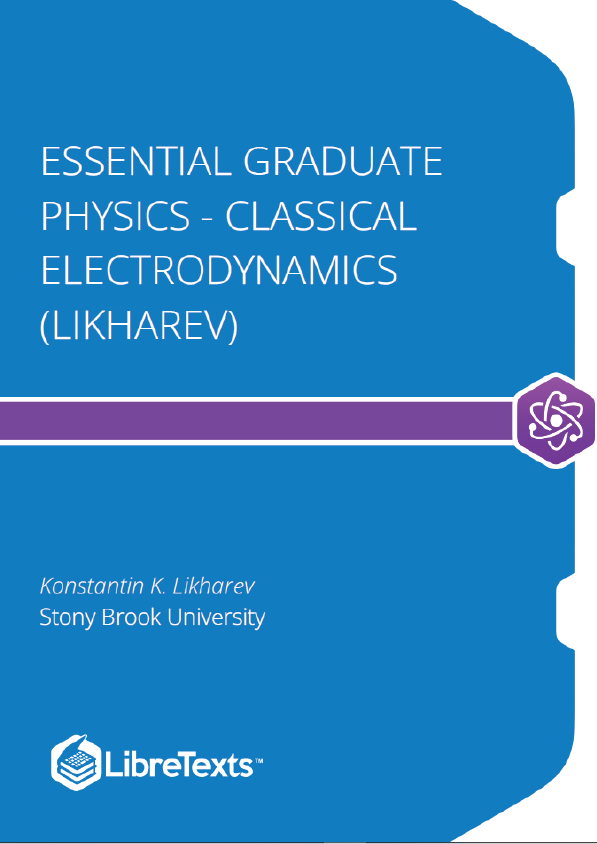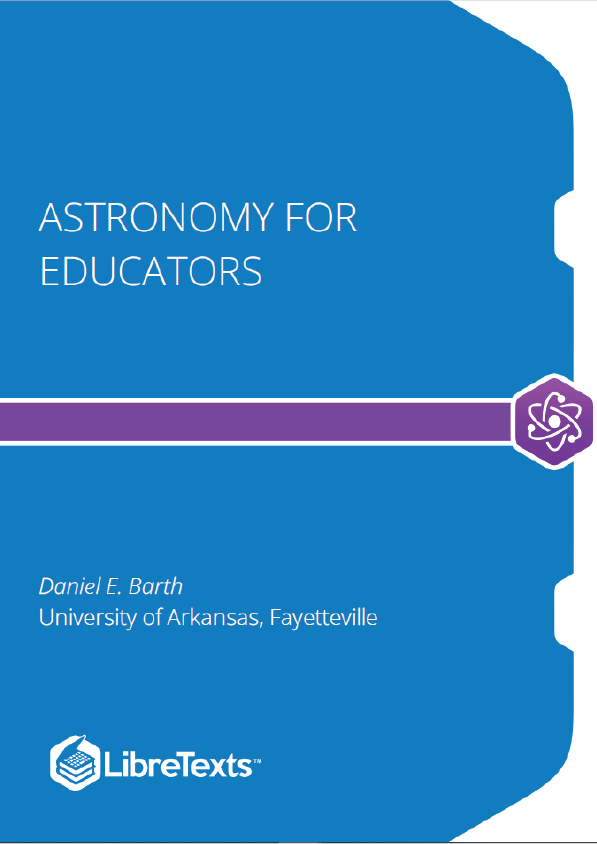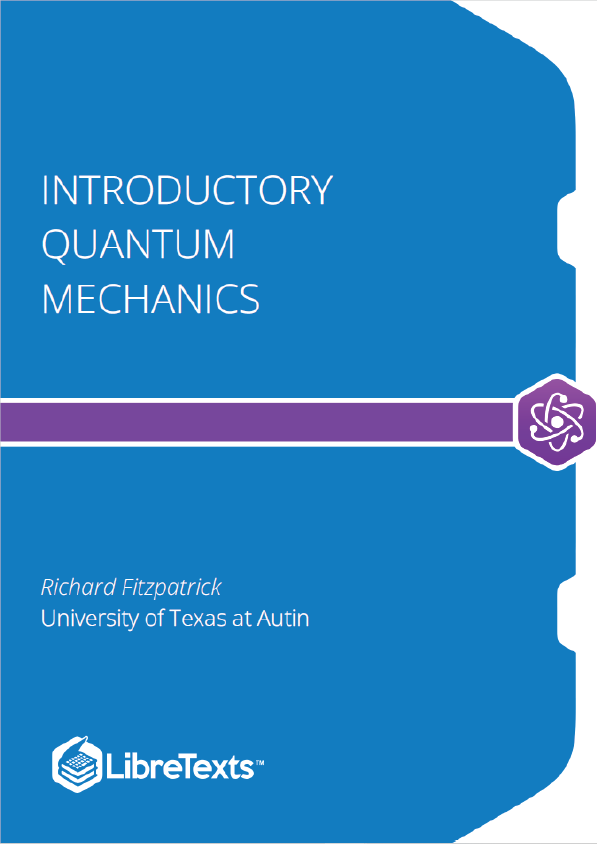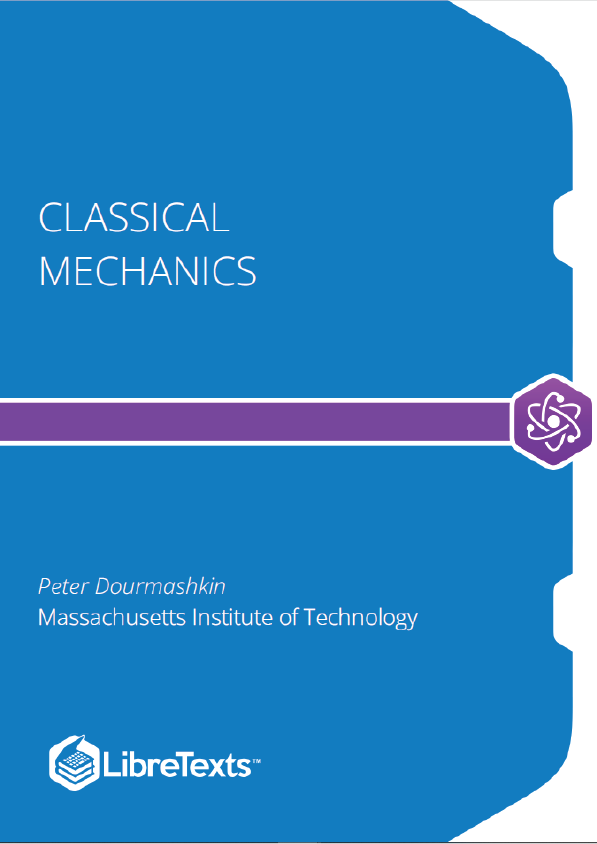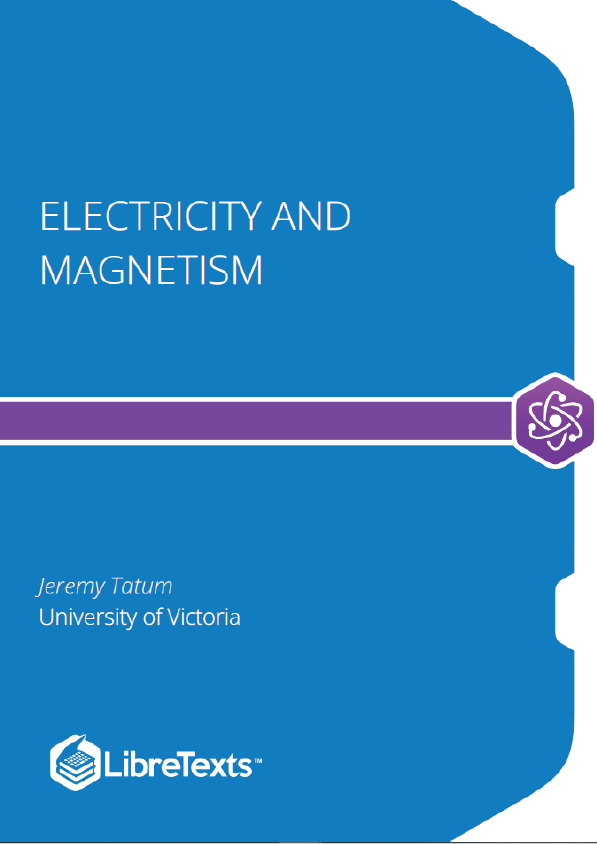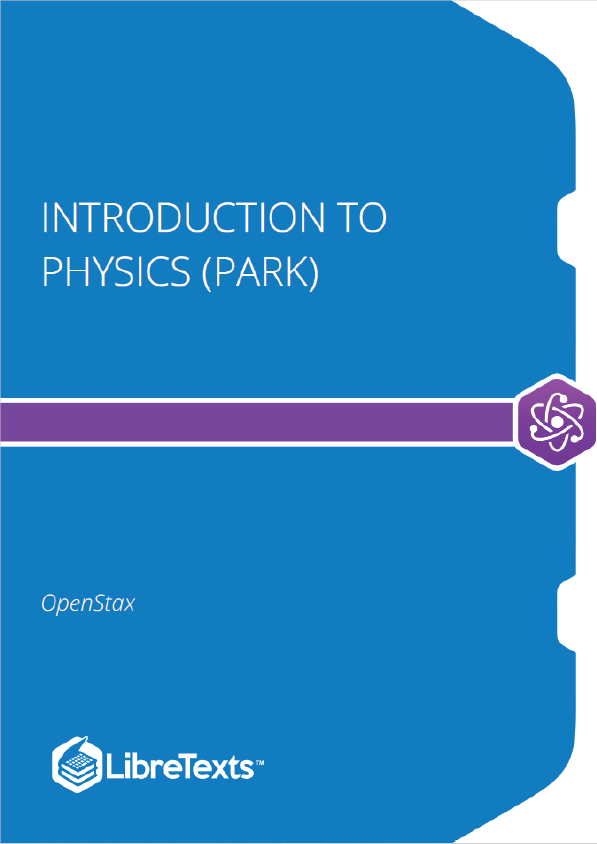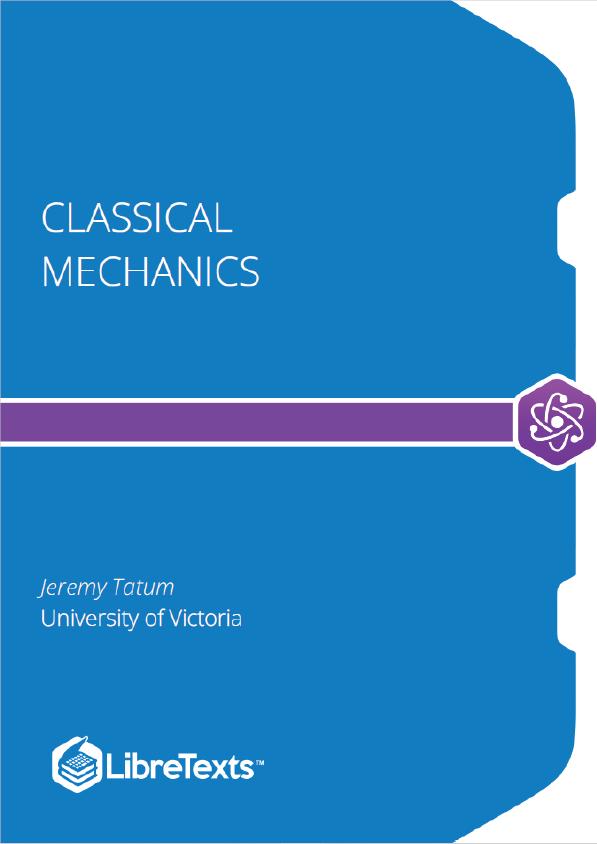Scattering Experiments on Quantum Particles
Quantum particles exhibit a feature known as wave-particle duality, which can be summarized in the quantum double-slit thought experiment. As shown in the figure below, a source emits electrons with energy , which travel towards a screen with a pair of slits. A detector is positioned on the other side of the screen. By moving the detector around, we can measure the rate at which electrons are detected at different positions.
Recap- Position and Momentum States
Before proceeding, let us review the properties of quantum particles in free space. In a -dimensional space, a coordinate vector is a real vector of components. A quantum particle can be described by the position basis—a set of quantum states , one for each possible . If we are studying a particle trapped in a finite region (e.g., a particle in a box), is restricted to that region; otherwise, is any real -dimensional vector. In either case, the ’s are continuous, so the position eigenstates form an uncountably infinite set.
The Green’s Function
The scattering amplitude can be calculated using a variety of analytical and numerical methods. We will discuss one particularly important approach, based on a quantum variant of the Green’s function technique for solving inhomogenous differential equations.
Quasi-Bound States and Resonances
For the 1D finite square well, there is a clear distinction between bound and free states. Certain potentials, however, can host a special class of states called “quasi-bound states”. Like a bound state, a quasi-bound state is localized in one region of space. However, it is an approximate eigenstate of the Hamiltonian that lies in the energy range of the free state continuum. As we shall see, quasi-bound states play an important important role in scattering experiments.
This is analogous to the phenomenon of resonance in a classical harmonic oscillator. When a damped harmonic oscillator is subjected to an oscillatory driving force, it settles into a steady-state oscillatory motion at the driving frequency. If the driving frequency matches the oscillator’s natural frequency, the amplitude of the oscillation becomes large, and the system is said to be “resonant”. In the quantum mechanical context, the incident wavefunction plays the role of a driving force, the incident particle energy is like the driving frequency, and the energy of a quasi-bound state is like a natural frequency of oscillation.
Resonances play a critical role throughout experimental physics. Experiments are often conducted for the express purpose of locating and studying resonances. When a resonance peak is found, its location and shape can be used to deduce various features of the quasi-bound state, which in turn supplies important information about the underlying system.
